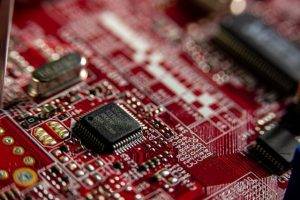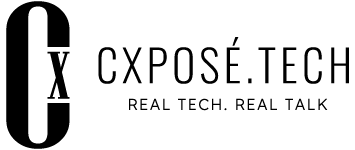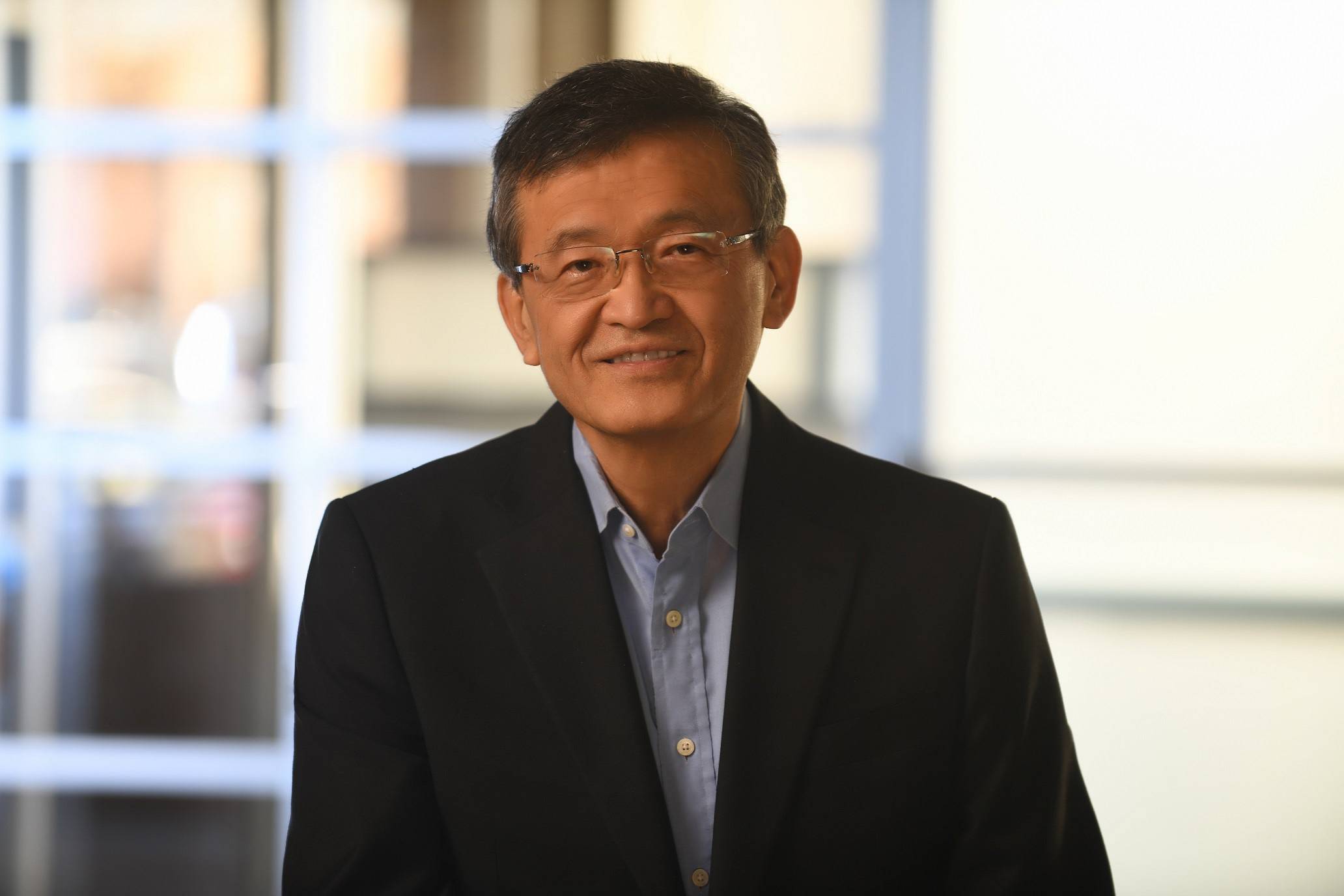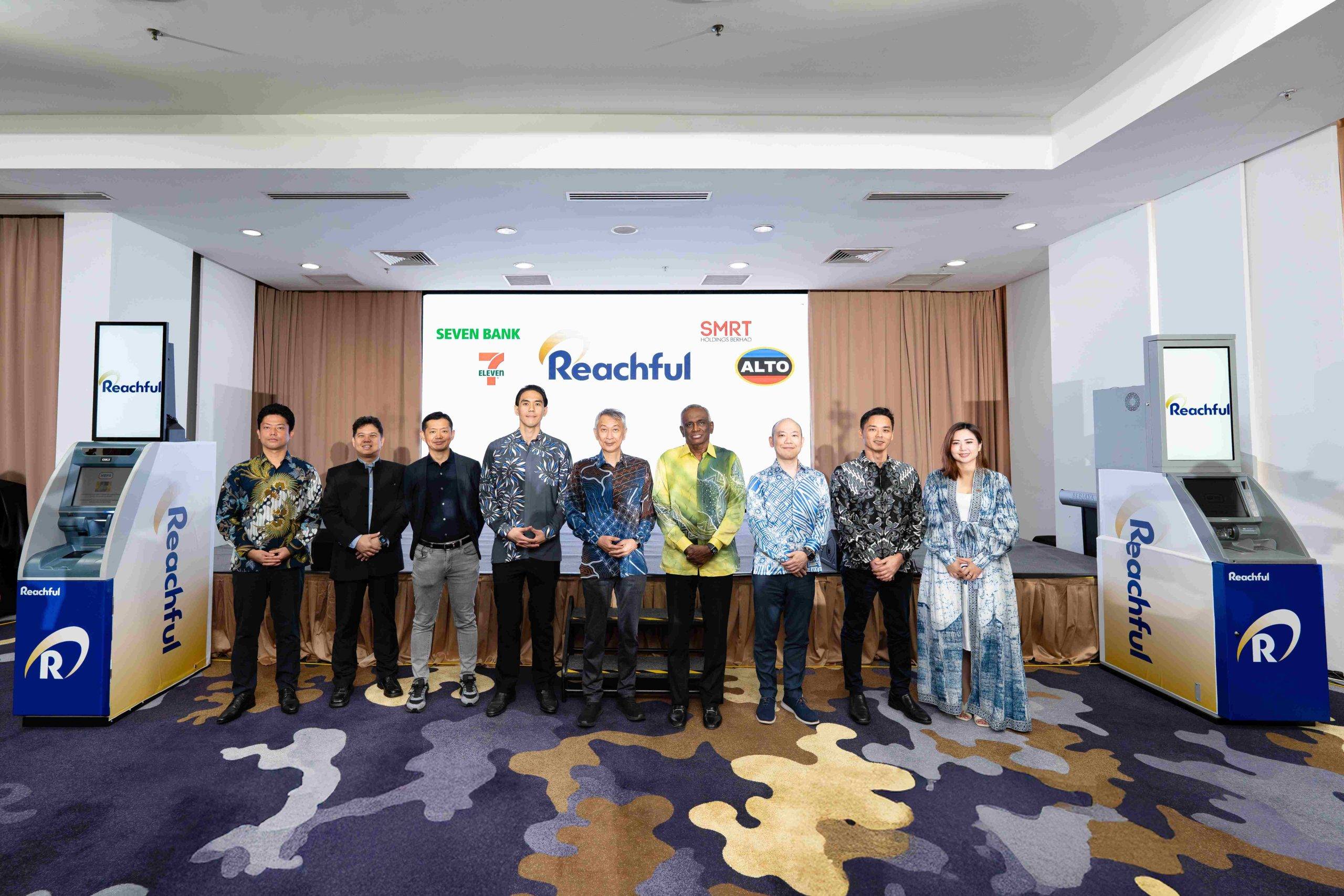During Siemen’s Realize LIVE event in Las Vegas, CXpose.tech struck gold when chief editor Cat Yong came face to face first with Siemens’ Michael Munsey.
The VP of the Semiconductor Industry within Siemens’ Digital Industry Software (DIS) division, Michael Munsey had shared about how Siemens Teamcenter is hugely relevant in light of Malaysia’s recent announcement to build a 45,000 square feet integrated circuit (IC) design park, in the state of Selangor.

Michael Munsey, Siemens Digital Industries Software
Siemens Malaysia’s President and CEO has been quick to express his enthusiasm and comment in a news release, that Siemens was one of the pioneers contributing to the local chip industry by setting up a semiconductor plant back in 1972.
Fast forward to current times and Malaysia has a clear and present opportunity to raise the bar for the semiconductor industry not just in Malaysia, but the region. When queried by CXpose.tech during Realize LIVE, Michael said, “This is a big move for Southeast Asia because most of the work there was done in manufacturing fabs from global companies.
So, traditionally, the Intels and Qualcomm’s of the world had design houses and manufacturing plants there, but they didn’t really have that IC design park.”
Michael feels this is a big opportunity for Siemens because of the company’s comprehensiveness of solutions in the semiconductor industry. “We are the only company in this industry to handle everything from design all the way to fabrication.”
The end-to-end opportunity
Siemens had also beefed up their expertise in electronic design automation (EDA) with the 2016 acquisition of specialist Mentor Graphics, one of the three largest EDA solution providers, and this is significant as IC design software, hardware and services provided by EDA companies are crucial for the definition, planning, design, implementation, verification, and subsequent manufacturing of semiconductor chips.
A second opportunity he observed was Siemens’ leadership and experience in managing semiconductor design, IP, development, resource management, product management, and program management.
“This is where Teamcenter fits in. You can’t just take a product lifecycle management or PLM system and plug it into a semiconductor flow, as you would for the automotive industry or the aerospace industry.

“Design for the semiconductor industry is a little bit different because it is all done virtually; what you need is unique data models within the PLM system to be able to manage a semiconductor project,” Michael explained adding that Siemens Teamcenter solution has this data model which is a result of its several years of experience in semiconductor manufacturing and semiconductor lifecycle management (SLCM).
An advantage of having an end-to-end portfolio from design to manufacturing, that information captured by factory automation during the manufacturing process can be brought back to the design-phase so as to optimize its process. “This is why we are uniquely positioned to be able to support this,” Michael said.
Can the region optimize this opportunity?
When asked if Malaysia or Southeast Asia will be able to reap the benefits of Shifting Left, which is implied by the building of an IC design hub in the region, Michael responded that there would be a learning curve involved.

“The biggest shift to the left is all the way back to software, and there is a huge opportunity because almost every region I go to, there is a wealth of software talent and software development effort.” There are also low-code platform solutions from Siemens subsidiary Mendix, to help with building a pipeline of required skills.
But more has to be done.
The idea of Shifting Left goes hand-in-hand with the concept of software-defined products, and the need to verify that the software going to run on semiconductor devices, will work.
“The biggest shift to the left is all the way back to software, and there is a huge opportunity because almost every region I go to, there is a wealth of software talent and software development effort.”
This calls for the development of the verification process and the verification environment, all the way to the time the semiconductors, along with the end-products that semiconductors go into, are manufactured, he opined. “That also has to account for this new Shift Left paradigm.”
Ultimately, the whole ecosystem has to move together for Shift Left to be truly realized, and for the region to really reap the benefit.








